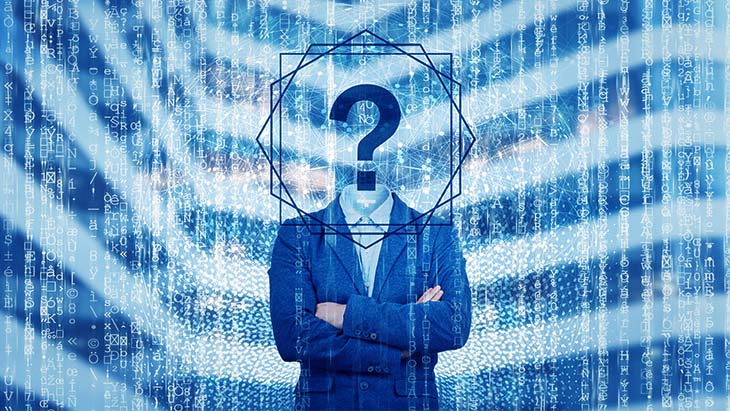
PAMDEMIC in the Pharma Industry and Access Security Resilience
Cyber threats manifest themselves in almost every industry vertical, as cyber attackers with various motivations continue to target private and public companies almost every day.
As we discussed in our previous blog about the cyberattacks threatening the healthcare industry, all the significant market analysis reports reveal that unauthorized access to sensitive company data as a result of data breaches can cost companies millions of dollars directly and indirectly.
In this blog post, we wanted to dive a little bit more into the problems faced by healthcare, pharmaceutical, and biotechnology companies regarding cybersecurity and data privacy, and federal regulations.
The pharmaceutical industry has always been among the leading and critical industries, and the pandemic and vaccination studies we are experiencing today remind us once again of its importance.
At the global level, the European Union (EU) publishes regulations for the production and distribution of medical supplies similar to the United States Food and Drug Administration (FDA or USFDA) and the United Nations World Health Organization (WHO) regulations. At the national level, regulatory bodies take into account the guidance of these larger institutions in their implementation.
As the FDA and other organizations keep strictly regulating the pharmaceutical industry, data breaches, which increased especially with the pandemic, also increased the scrutiny of the pharmaceutical industry. All these regulations, digitalization adaptation, and changing market dynamics as a result of the pandemic have made compliance a key factor in risk management, particularly as it requires increasing resistance to cyberattacks across the organization.
Laboratory studies of pharmaceutical and medical device companies, pharmaceutical and clinical test data, patents, formulas, and critical business information, and the high value of intellectual property make the pharma industry among the primary targets of cyberattacks. We recommend that you also take a look at a Detica report conducted in partnership with the UK Office of Cybersecurity and Information Assurance on this very topic.
Considering the increasing number of breaches into corporate networks, it seems to have become very easy for intellectual property acquired as a result of great investment efforts to be compromised, and of course, the negative consequences to the corporate reputation and the resulting financial damages are obvious.
Modernizations in IT infrastructure and transition processes to cloud-based or hybrid infrastructure especially can set a stage for vulnerabilities if they are not managed well. Cyberattacks targeting the pharmaceutical industry are carried out by groups with serious motivations by using sophisticated infiltration methods to obtain compromised privileged access credentials.
One of the critical access security issues that we should particularly focus on in the pharmaceutical industry is privileged database account access. An approach in which only critical database passwords are managed with a conventional PAM approach and user sessions are logged would be a rather inadequate solution. We need to make sure that the principle of least privilege and the necessary trust principles are correctly applied. This is exactly where Kron’s Single Connect solution comes in, with its Data Access Manager module that allows you to protect critical databases with a fully-fledged access security, including password management, SQL policy enforcement, dynamic data masking, and session recording.
Implementing a proper privileged access strategy will help us identify the necessary improvements and give us broad visibility and full track records of privileged activities across the enterprise’s IT network for forensic analysis in the face of any incident. The strategy should comprise at least:
- Credential Discovery and Onboarding
- Preventing Stale Passwords
- Secure Storage of Sensitive Data
- Preventing Credential Exposure
- Ensuring Trust and Accountability
- Principle of Least Privilege
- Principle of Required Level of Trust
- Privileged Data and Big Data Security
- Eliminating Embedded Credentials
- Privileged Task Automation
- Secure Remote and Third-Party Access
- Threat and Anomaly Detection
- Protecting Cloud Assets
If you are having difficulties applying any of these aspects of Privileged Access Management (PAM), contact us and we will help you through it.
Other Blogs













